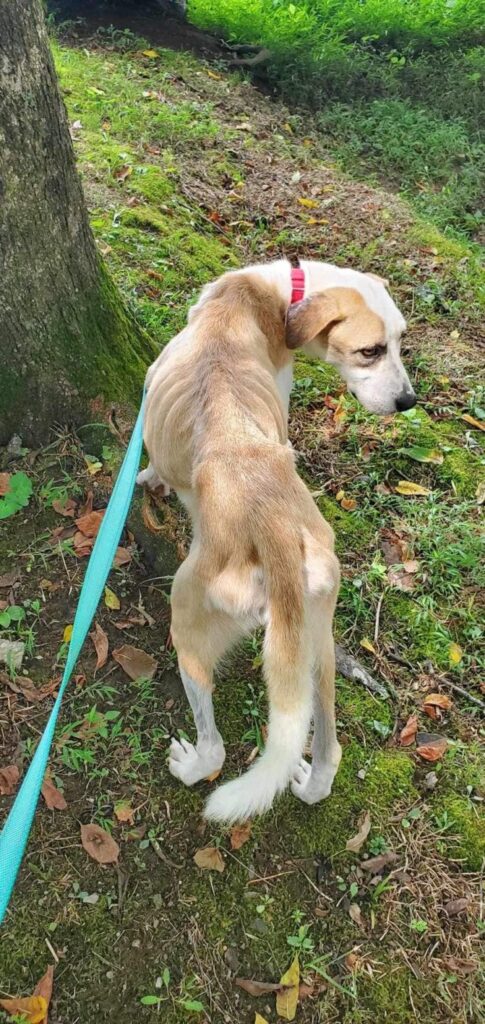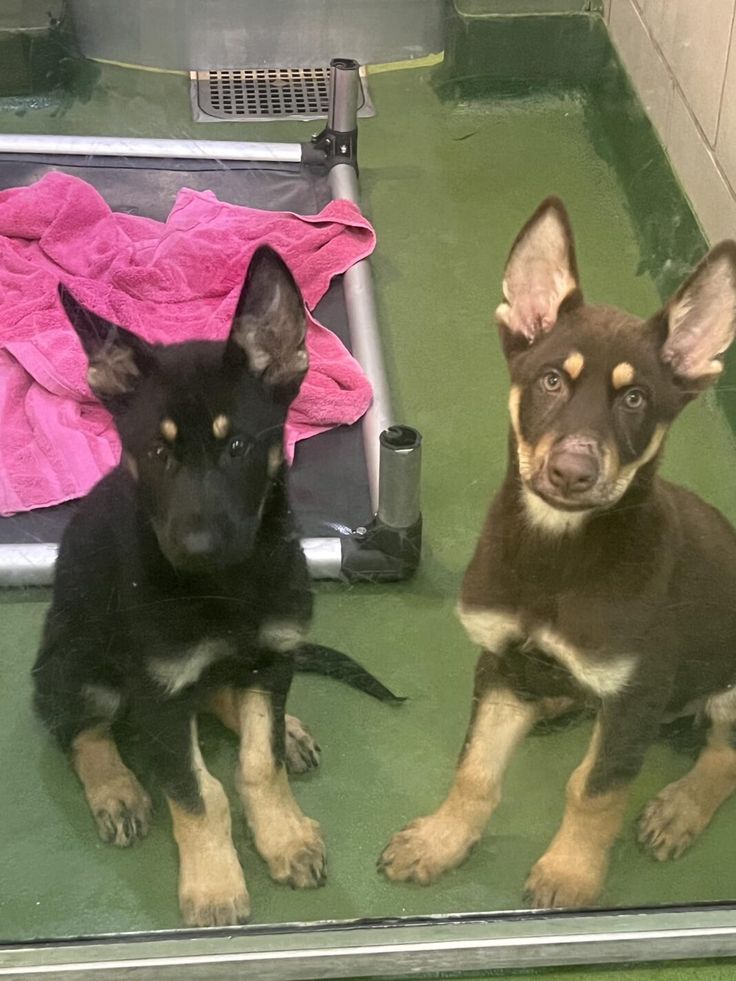
In the quiet corners of animal shelters across the world, stories of pain and perseverance unfold daily—abandonment, neglect, abuse. But just as often, these same shelters become sanctuaries of hope and healing. “Rescued and Radiant: The Second Chances of Shelter Pets” is more than just a phrase—it’s a celebration of transformation. From trembling strays to confident companions, shelter animals prove again and again that love, patience, and second chances can lead to radiant new lives.
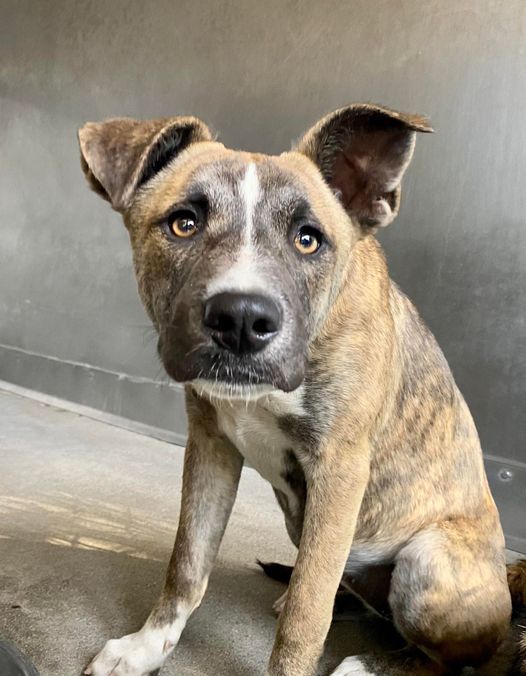

The Plight of Shelter Animals
Every year, millions of animals find themselves in shelters. According to the ASPCA, approximately 6.3 million companion animals enter U.S. shelters annually. While many are lost or surrendered pets, others are victims of cruelty or neglect. The road to recovery is often long and uncertain, but for many of these animals, being rescued is the first step toward a brighter future.
Shelters serve as temporary homes for these animals, offering medical attention, food, and often behavioral rehabilitation. However, the resources of shelters are stretched thin, and overcrowding remains a significant issue. Tragically, thousands of animals are euthanized each year due to a lack of space and adopters.
Yet in the midst of these sobering statistics are countless stories of triumph—stories of animals who, despite their difficult beginnings, go on to lead happy and fulfilling lives.

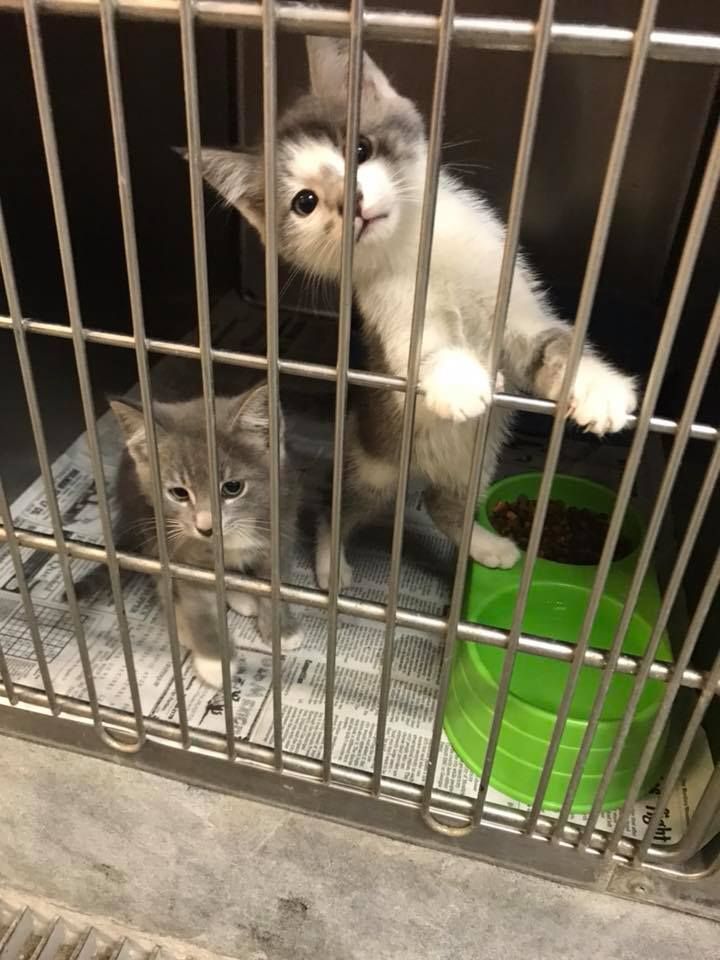
The Healing Power of Rescue
When a pet is rescued, the transformation doesn’t happen overnight. Many animals come into shelters frightened, confused, and sometimes injured. But with the care of shelter staff and volunteers, something incredible begins to unfold: healing.
Take, for example, the story of Daisy, a timid Labrador retriever mix found tied to a tree in the rain. At first, Daisy would cower in the back of her kennel, too scared to make eye contact. It took weeks of gentle interaction before she allowed a volunteer to pet her. Slowly, Daisy’s eyes began to brighten, her tail started to wag, and eventually, she was adopted by a family who patiently helped her trust again.
Daisy’s story is not unique. It illustrates the resilience of animals and the power of human compassion. Through veterinary care, proper nutrition, and emotional support, even the most broken of pets can regain their health and spirit.

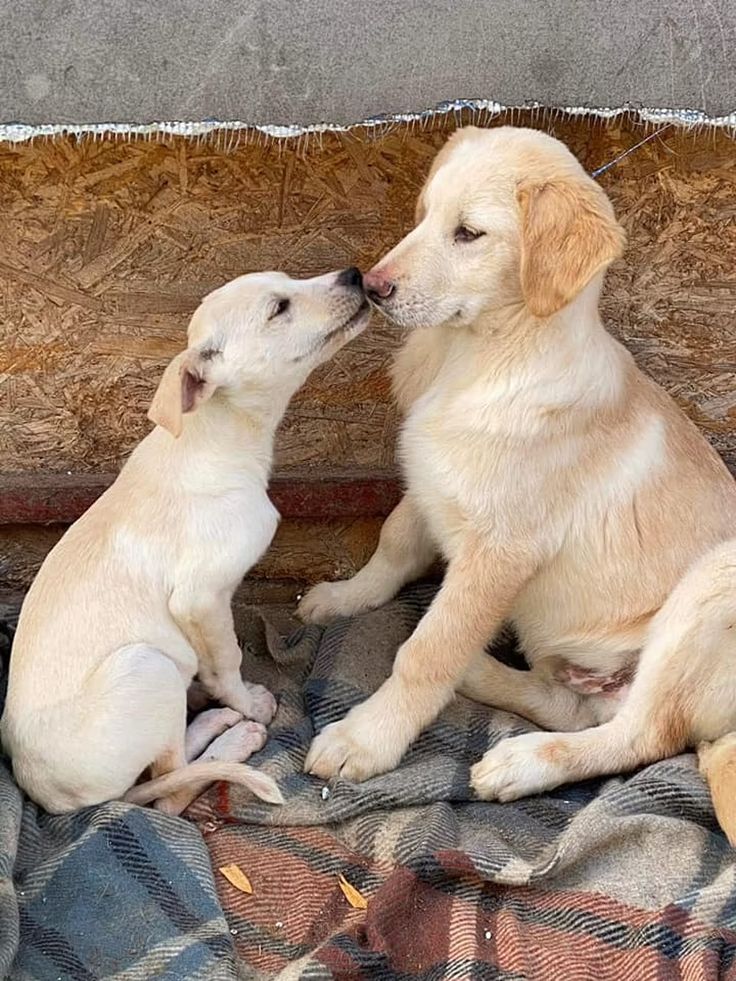
Radiance Through Adoption
Adoption is the turning point in a shelter pet’s life. It’s the moment they leave behind the uncertainty of the shelter and enter a new chapter filled with love and stability. For the adopter, the experience can be just as transformative.
Many adopters report a deep sense of purpose and joy in giving a home to an animal in need. Studies show that adopted pets can form incredibly strong bonds with their new families, often becoming loyal and affectionate companions. Some adopters say that their rescued pets seemed to “know” they had been saved, responding with an extraordinary level of gratitude and devotion.
The stories are endless—a one-eyed cat becoming a beloved family mascot, a senior dog offering comfort to a grieving widower, or a rescued rabbit bringing laughter into a quiet home. These animals, once considered unwanted or unworthy, often become the heart and soul of the families they join.


The Human-Animal Bond: A Two-Way Street
Shelter pets not only benefit from being adopted—they often end up helping their humans just as much. The human-animal bond is a powerful connection that can enhance emotional and physical well-being on both sides.
Numerous studies have shown that pet ownership can reduce stress, lower blood pressure, and combat loneliness. For people dealing with mental health issues, chronic illness, or the loss of a loved one, the unconditional love of a shelter pet can be incredibly therapeutic.
Consider Max, a terrier mix adopted by a veteran suffering from PTSD. Max provided a sense of structure and companionship that helped his new owner manage symptoms and re-engage with life. In this way, rescue becomes reciprocal—each party saving the other in their own way.

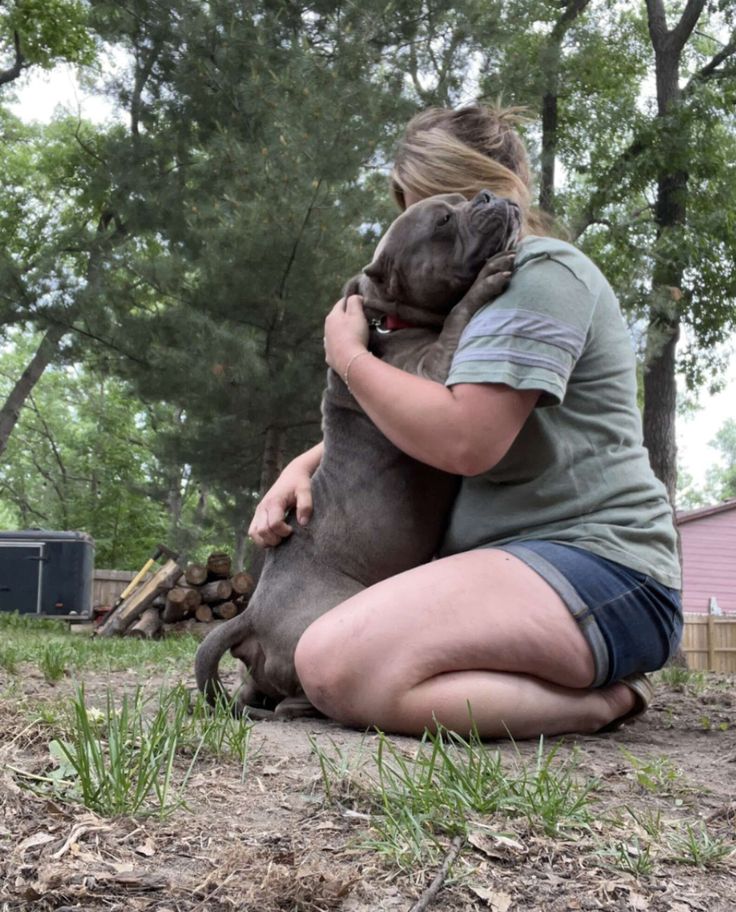
Changing Lives Through Fostering
While adoption is often the ultimate goal, fostering plays a critical role in rescuing shelter animals. Foster homes provide temporary care for pets who are not yet ready for adoption—whether they’re too young, recovering from surgery, or simply too stressed to thrive in a shelter environment.
Fostering not only frees up space in overcrowded shelters but also helps animals adjust to home life. Foster families provide crucial socialization and training, making pets more adoptable. Moreover, fostering gives people a chance to experience the joys of helping animals without a long-term commitment.
Some foster families specialize in hospice care for terminally ill pets, ensuring that these animals spend their final days in comfort and love. Others help socialize litters of kittens or nurse injured strays back to health. In each case, foster caregivers are unsung heroes in the rescue journey.


Busting Myths About Shelter Pets
One of the biggest obstacles shelter animals face is the stigma that surrounds them. Some people believe that animals in shelters are “damaged goods”—aggressive, sick, or behaviorally challenged. Others think that you can’t find purebred animals or that shelter pets won’t bond as well as animals raised from birth.
These myths couldn’t be further from the truth. Many shelter pets are surrendered due to no fault of their own—changes in living situations, allergies, or financial difficulties are common reasons. Others are strays who simply got lost and were never claimed.
Shelters house animals of all ages, breeds, and temperaments. Whether you’re looking for a high-energy puppy, a mellow senior cat, or a specific breed, chances are you can find what you’re looking for in a shelter or breed-specific rescue.


The Role of Animal Rescue Organizations
Beyond municipal shelters, countless nonprofit organizations and grassroots rescues work tirelessly to save animals. These organizations often focus on specific needs—like rescuing animals from high-kill shelters, disaster zones, puppy mills, or dog meat farms abroad.
One notable example is the work done by transport rescues, which move animals from overcrowded areas to places with higher adoption demand. In doing so, they not only save lives but help balance resources across the animal welfare system.
These rescues rely heavily on volunteers and donations. From running spay-neuter clinics to organizing adoption events and educational programs, their efforts make a tremendous difference in reducing euthanasia rates and improving animal welfare.


Adopting a Mindset of Compassion
Choosing to adopt a shelter pet is more than just adding a furry friend to your home—it’s a conscious decision to make a difference. It sends a message that all lives, regardless of their past, have value and potential.
By supporting shelters, adopting, fostering, volunteering, or simply spreading the word, everyone can be part of the movement to give animals the second chances they deserve. It’s not always easy—some pets come with baggage, and the adjustment period can be challenging. But the rewards are immeasurable.
As communities grow more compassionate and informed, we see the ripple effects—declining euthanasia rates, improved shelter practices, and a growing culture of adoption. More than ever, people are seeing shelter pets not as “rescued,” but as radiant beings full of life and love.


Conclusion: From Surviving to Thriving
“Rescued and Radiant” isn’t just a tagline—it’s a reality lived every day by animals who defy the odds. It’s the story of a blind cat who navigates her home with grace, a three-legged dog who runs with joy, or a once-abandoned ferret now curled up peacefully in a child’s arms.
These animals don’t just survive—they thrive, and in doing so, they remind us of resilience, forgiveness, and unconditional love. Shelter pets may have come from broken beginnings, but with care and compassion, they shine with a light that transforms everyone around them.
Whether you’re looking to adopt, foster, volunteer, or donate, remember: you’re not just changing a pet’s life—you’re also enriching your own. In the world of rescue, every small act creates a ripple of radiant change.
